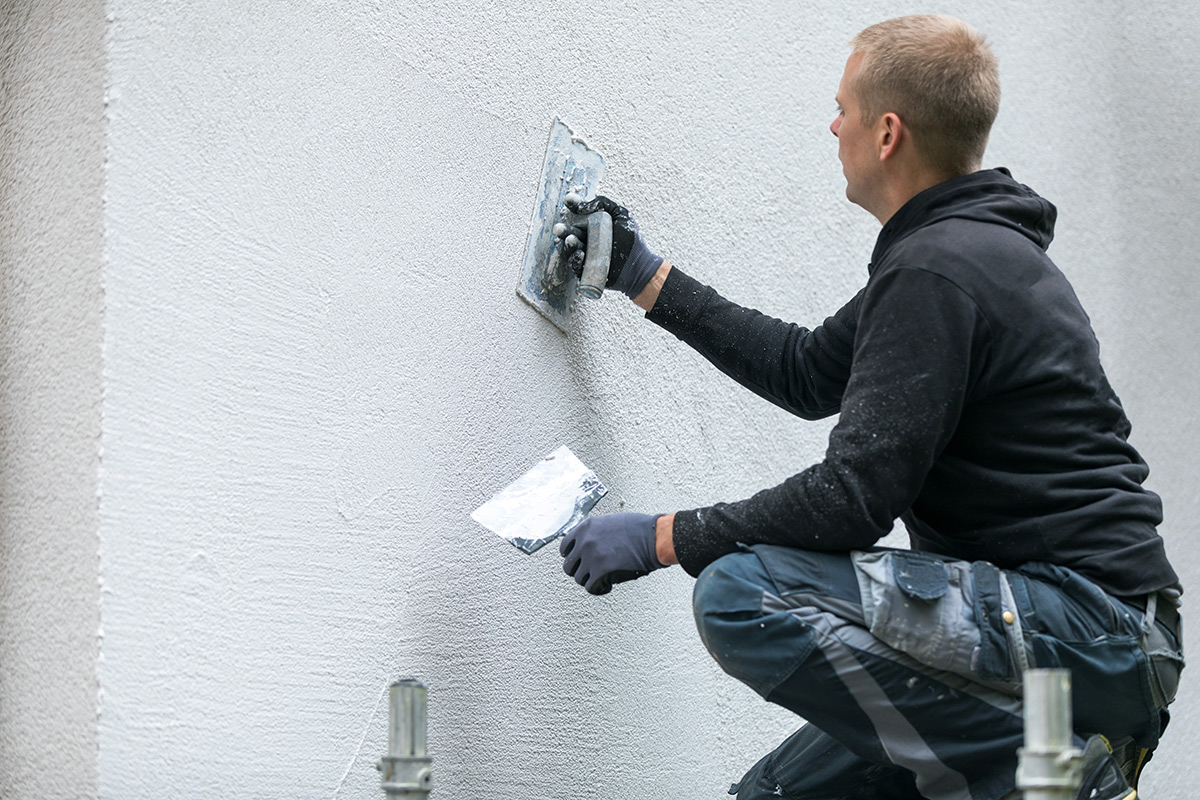In the realm of architecture and construction, houses are the epitome of human ingenuity and creativity. They serve as our sanctuaries, providing shelter, comfort, and security. But have you ever wondered what lies beneath the surface? What are the essential materials that form the backbone of most houses? In this blog post, we will delve into the world of construction and explore the key components that make up the modern houses we call home.
- Foundation: The Rock-Solid Base
The foundation is the first and most crucial element of any house. Typically made of concrete, it provides stability and support to the entire structure. Reinforced with steel bars, the foundation ensures that the weight of the house is evenly distributed, preventing any potential structural damage. - Framing: The Skeleton of the House
Framing, often constructed with wood or steel, forms the skeleton of the house. It includes the walls, floors, and roof structure. Wooden framing is popular due to its versatility, cost-effectiveness, and ease of construction. Steel framing, on the other hand, offers superior strength and durability, making it ideal for larger or more complex structures. - Walls: The Protective Envelope
The walls of a house serve as a protective envelope, shielding us from the elements. Traditionally, houses were built with brick or stone walls, providing excellent insulation and durability. However, modern construction techniques have introduced new materials such as concrete blocks, insulated panels, and even sustainable alternatives like straw bales or rammed earth. - Roofing: Shelter from Above
The roof is not only a defining feature of a house's aesthetic appeal but also a critical component for protection against weather conditions. Common roofing materials include asphalt shingles, clay or concrete tiles, metal sheets, or even thatched roofs. Each material offers unique advantages in terms of durability, insulation, and architectural style. - Insulation: The Energy Saver
Insulation plays a vital role in maintaining a comfortable indoor environment while reducing energy consumption. Fiberglass, cellulose, or foam insulation is commonly used within walls, attics, and floors to minimize heat transfer. Additionally, energy-efficient windows and doors contribute to better insulation, reducing heating and cooling costs. - Finishes: The Final Touches
The finishes give a house its character and aesthetic appeal. Interior finishes include drywall, paint, flooring materials (such as hardwood, tile, or carpet), and cabinetry. Exterior finishes encompass siding materials like vinyl, wood, stucco, or brick, as well as decorative elements like trim, shutters, and landscaping.
Conclusion:
From the solid foundation to the finishing touches, the construction of a house involves a meticulous selection of materials and techniques. Understanding the fundamental components of a house allows us to appreciate the complexity and craftsmanship involved in creating our homes. So, the next time you step inside a house, take a moment to admire the amalgamation of materials that make it a safe, comfortable, and beautiful haven.
